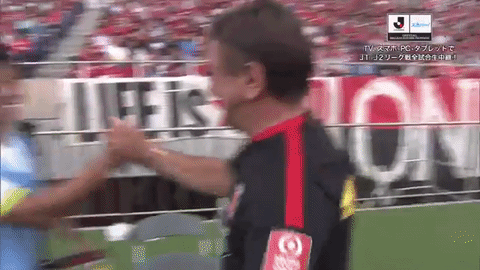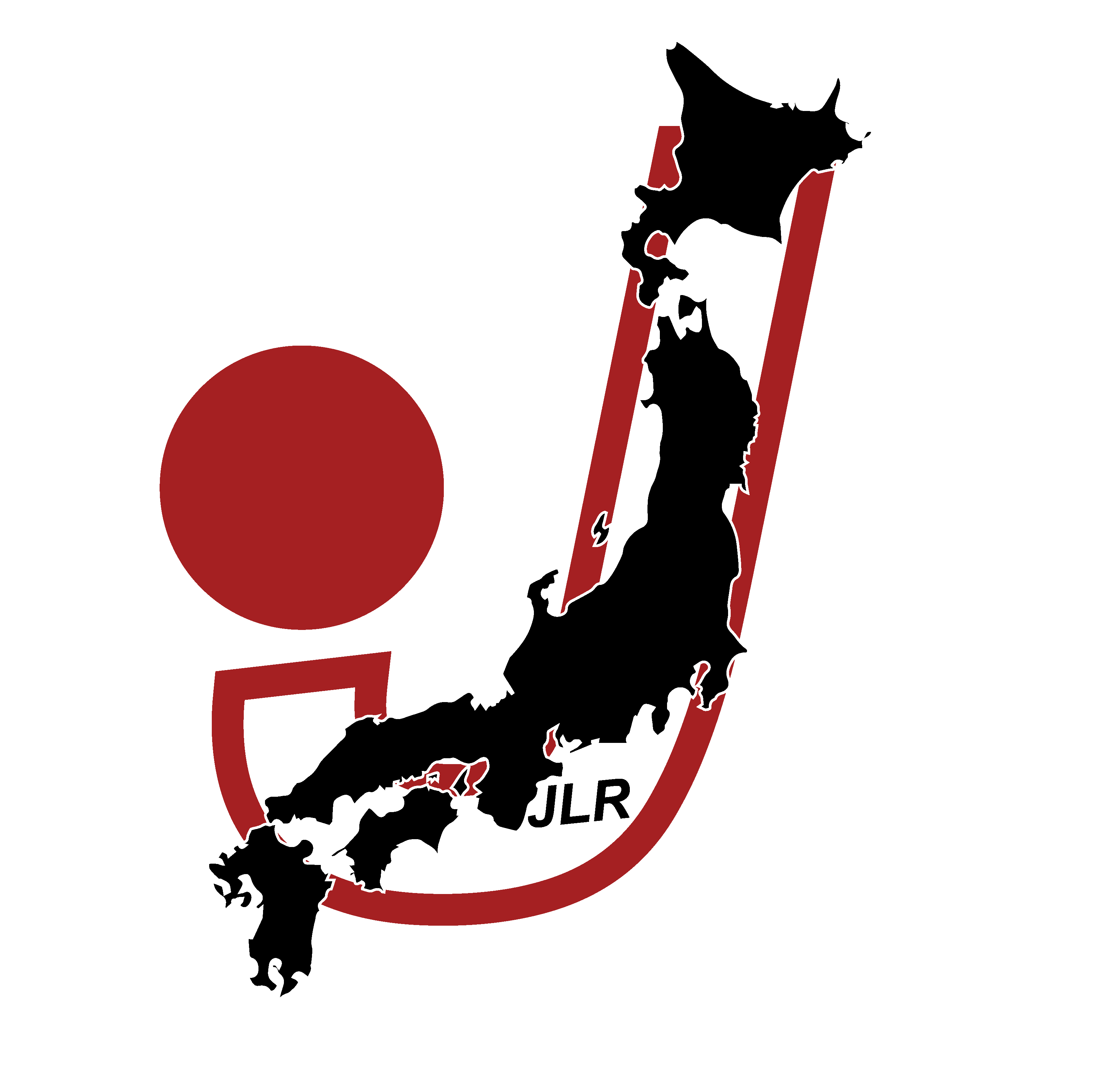In this space, we often underlined how J. League will be able to rise and develop once the championship will find trusted strategies to rely on. Part of those can lay over the ASEAN support the league needs (the transfer of the Indonesian full-back Pratama Arhan to Tokyo Verdy pretty much sums it up), but also on European or South American players and managers who are able to adapt and enjoy the Japanese football movement (the return of Matej Jonjić to Cerezo Osaka is just another example).
Many foreign managers – from Massimo Ficcadenti to Ricardo Rodríguez, passing through the several Brazilians head coaches who left a mark –, but there’s one above others. He came to Japan in 2006, when foreign managers were already within the country, but not many could hold on for more than five years, although former Balkans-born players and managers always had the upper hand in staying in Japan.
Since 2006 – when he joined the struggling Sanfrecce Hiroshima –, he coached in 487 games, becoming last year the first foreign head coach to gather 200 wins in J. League, having been there for 15 seasons (only Akira Nishino coached for more, Nelsinho Baptista is tied with him). He won’t be able to surpass the 523 benches by Nishino this season, but he needs just another push in 2023.
Despite being around for so long, Mihailo Petrović has coached only three clubs. He’s been in Hiroshima, in Saitama and now he lives in Sapporo, where he’s been able the same credibility he had in his two previous adventures. His tenure seems endless because the Austrian head coach has an all-around package of reputation, stamina, and experience that no one can really match.

Back in Europe
Son of a factory worker from Loznica, the class ’57 had the dream of playing for the Red Star in Belgrade. Scouted by the Yugoslavian giants, he did instead end up playing up for different clubs. His last club was the crucial destination, though, because Sturm Graz saw him featuring for eight years and retiring in 1993. Graz was a key hub of his life: he took Austrian citizenship, became the captain of the club, and then stayed in Austria.
His coaching career, indeed, tended to mirror what he did throughout his activity on the pitch: Petrović coached in Austria for five years (taking the reins in the amateur squad of Sturm Graz), had some opportunities in Slovenia, before going back to Austria and coach Sturm Graz for three years. And you what’s funny? Petrović wasn’t supposed to come to Japan because he signed with another Austrian team, FC Kärnten, just in May ’06.
But then the offer from Japan arrived: after a brilliant ’05 campaign, Sanfrecce Hiroshima were in a dire situation, trying to turn their season around. His first words were simple: “I have mixed feelings right now, but I want to reach Japan soon”. And it’s funny, because that chance was born by accident: Sturm Graz and JEF United Chiba shared a February camp in Turkey.
JEF United’s manager Ivica Osim – future Japan’s head coach, the man who managed Sturm Graz for eight years right after Petrović retired and just before he took the main job in ‘03 – recommended him an experience in Japan.
Rebuilding, his specialty
Back then, Sanfrecce Hiroshima were still trying to find their place on the Japanese football ladder. Nevertheless, Petrović found a different pace: he started developing young players, although this put him in trouble. Sanfrecce avoided relegation in 2006 but couldn’t do the same in ’07. And despite reaching the Emperor’s Cup final and then winning the ’08 Japanese Super Cup, Hiroshima were still called to come back from J2.
They did, brilliantly. They won J2 by a landslide and came back to the top-flight, where they immediately clinched fourth place in ’09, which meant qualification to the AFC Champions League. And how many players did Petrović launch in those years? Tomoaki Makino, Toshihiro Aoyama, Yojiro Takahagi, Yosuke Kashiwagi. All players who featured at least once in a Top XI, who played for Japan’s NT and Aoyama even won the MVP in 2015.
Unfortunately, there wasn’t much more that Petrović could do. Some of the talents started leaving, either for Europe or for other Japanese clubs, with bigger budgets. In five and a half years, the Austrian head coach brought Sanfrecce back to relevance, won two trophies, reached two more finals (losing also the 2010 J. League Cup final), and laid the basis for the squad that Hajime Moriyasu then brought to three national titles in four years.
We think it’s a lot. But not enough to be satisfied, and that’s why Petrović opted to leave in 2011 and start a new adventure.
Rebooting (with regrets)
While Sanfrecce were ready for a new course under Hajime Moriyasu, it wasn’t a good moment for another major club in J. League. Urawa Red Diamonds finally established themselves as a powerhouse in Japan throughout the 2000s, but the club was suffering in those years. After ’07 and the AFC Champions League title won that year, they faced four dreadful years, closed in 2011 with a lingered relegation (avoided for just three points).
Petrović did exactly what he was called for – rebooting the club and trying to bring it back to the glory days –, by changing some things. The budget wasn’t a problem this time, since Mitsubishi’s economical leverage granted Urawa the possibility of spending on the market. Reds brought back Makino and Abe from Europe; they still had the core of former triumphs – Tsuboi, Suzuki, Hirakawa, Yamada –, but they also had promising talents, like Haraguchi and Kashiwagi.
Throughout the five and a half years that Petrović stayed in the dugout, the club was able to purchase a lot of talents. And this immediately translated into good results, but unfortunately, the head coach failed in the last step: winning. Urawa won a J. League Cup in 2016 in front of their home crowd, and they also “technically” clinched the 2016 J1 League, but the infamous two stage-format didn’t let them celebrate and instead awarded Kashima Antlers that title.
But in general, even with financial resources and a lot of players, Petrović couldn’t raise the ceiling or shine on the continental stage. His record with Reds has been solid: third, sixth, second, second, first, and eighth, when he was let go in 2017. He missed the winning factor, but it’s not like Urawa prospered after he left.
Sure, the club won the 2017 AFC Champions League and the 2018 Emperor’s Cup, but they also had to change three different managers in four years – caretaker Takafumi Hori, charismatic Tsuyoshi Otsuki (twice!) and Brazilian Oswaldo de Oliveira – before coming to Ricardo Rodríguez. The separation was the only answer, but not the best one. Meanwhile, Petrović had the chance to start over.
Stairway to North
Sapporo revealed itself as the perfect environment for Petrović: a club that didn’t enjoy too much success in J1, who just survived under Shuhei Yomoda and needed a steady hand to have a longer run in J1. The Austrian head coach was hired for this reason, and it worked. And we have to say, the first season was surprising: after his arrival in 2018, Hokkaido Consadole Sapporo clinched fourth place (and they were second for 45 minutes of the last game).
This kind of result granted Petrović the “Manager of the Year” award in 2018. But given the nature of the club – the only one from Hokkaido and the deep North, who can lose their players, and which mostly relies on the products of their youth ranks (even now, Sapporo are given a big platform to players like Kaneko, Ogashiwa and Takamine) –, an expert manager, capable of rebuilding constantly, was exactly what Sapporo needed.
And it’s a mutual feeling because Petrović – now 64, coming from a delicate operation a few years ago – seems to profoundly enjoy the setting. It’s a relevant place, but not a big market. He can play his “Misha Style” and arrange his 3-6-1 as he pleases, developing young players and keeping the club in a comfortable mid-table position (tenth in 2019, twelfth in 2020, tenth in 2021).
Petrović came really close to a trophy as well in Sapporo – Consadole lost the 2019 J. League Cup final against Frontale only after PKs –, but that’s not the point. Cementing his legacy comes through the permanency of Sapporo in J1 and 2022 looks good, given the potential he will be able to rely on (the young core has been polished by the additions of Daigo Nishi and mostly Shinzo Koroki).
However, his adventure will end in Japan, he’s beloved, appreciated, recognized: he’s already a landmark, one to admire for decades to come in Japanese football.

One thought on “Landmarks”